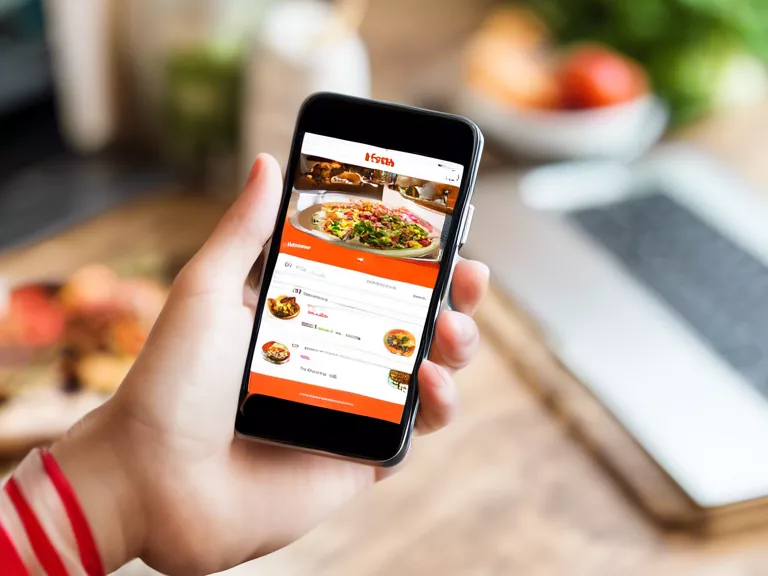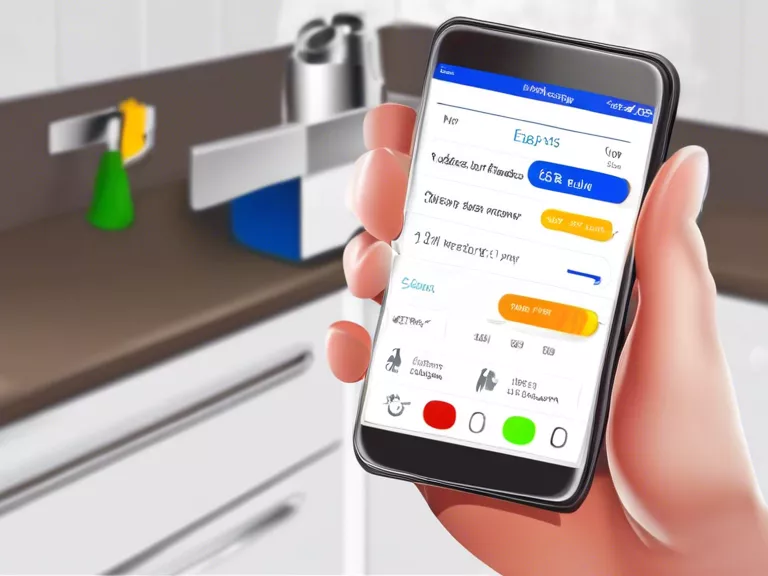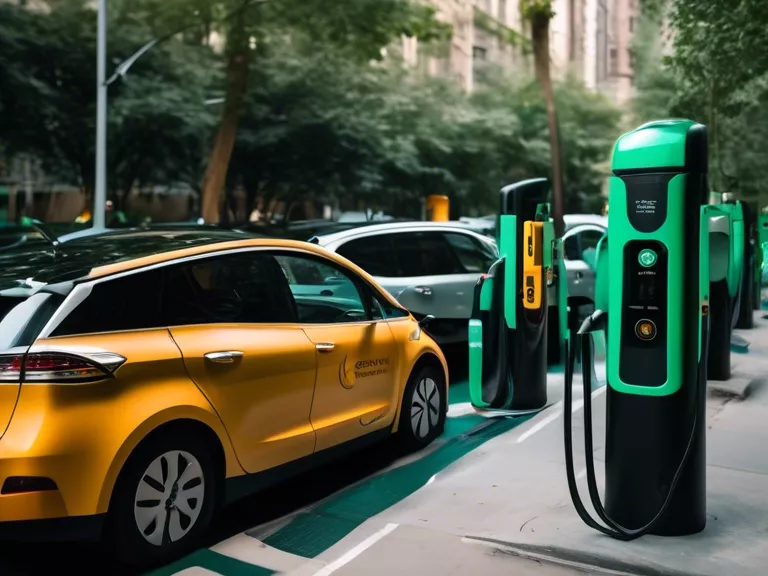
In a world where convenience and speed are king, food delivery apps have become increasingly popular in recent years. As consumer preferences continue to evolve, these apps are constantly adapting to meet the changing demands of their user base. From offering a wider variety of restaurant choices to implementing new features like contactless delivery, food delivery apps are revolutionizing the way people order food.
One way food delivery apps are adapting to changing consumer preferences is by expanding their range of restaurant options. Gone are the days when customers were limited to ordering from a handful of local eateries. Apps like Uber Eats, Grubhub, and DoorDash now partner with a wide array of restaurants, from fast food chains to high-end dining establishments. This allows consumers to choose from a larger selection of cuisines and price points, catering to a diverse range of tastes and preferences.
Another way food delivery apps are evolving is by prioritizing safety and convenience. With the rise of the COVID-19 pandemic, contactless delivery has become a crucial feature for many users. Apps have implemented new protocols to ensure that deliveries are made safely and efficiently, from requiring delivery drivers to wear masks and gloves to allowing customers to track their orders in real-time. These measures not only provide peace of mind to consumers but also help to set food delivery apps apart from the competition.
Furthermore, food delivery apps are leveraging technology to improve the user experience. Features like personalized recommendations, one-click reordering, and in-app chat support are becoming more common, making it easier for customers to find and order their favorite meals. By harnessing the power of data and AI, these apps are able to better understand their users' preferences and provide a more tailored experience.
In conclusion, food delivery apps are continuously adapting to changing consumer preferences by expanding their restaurant partners, prioritizing safety and convenience, and leveraging technology to enhance the user experience. As the demand for convenient and efficient food delivery continues to grow, these apps will likely play an increasingly important role in the way people eat and order food in the future.



